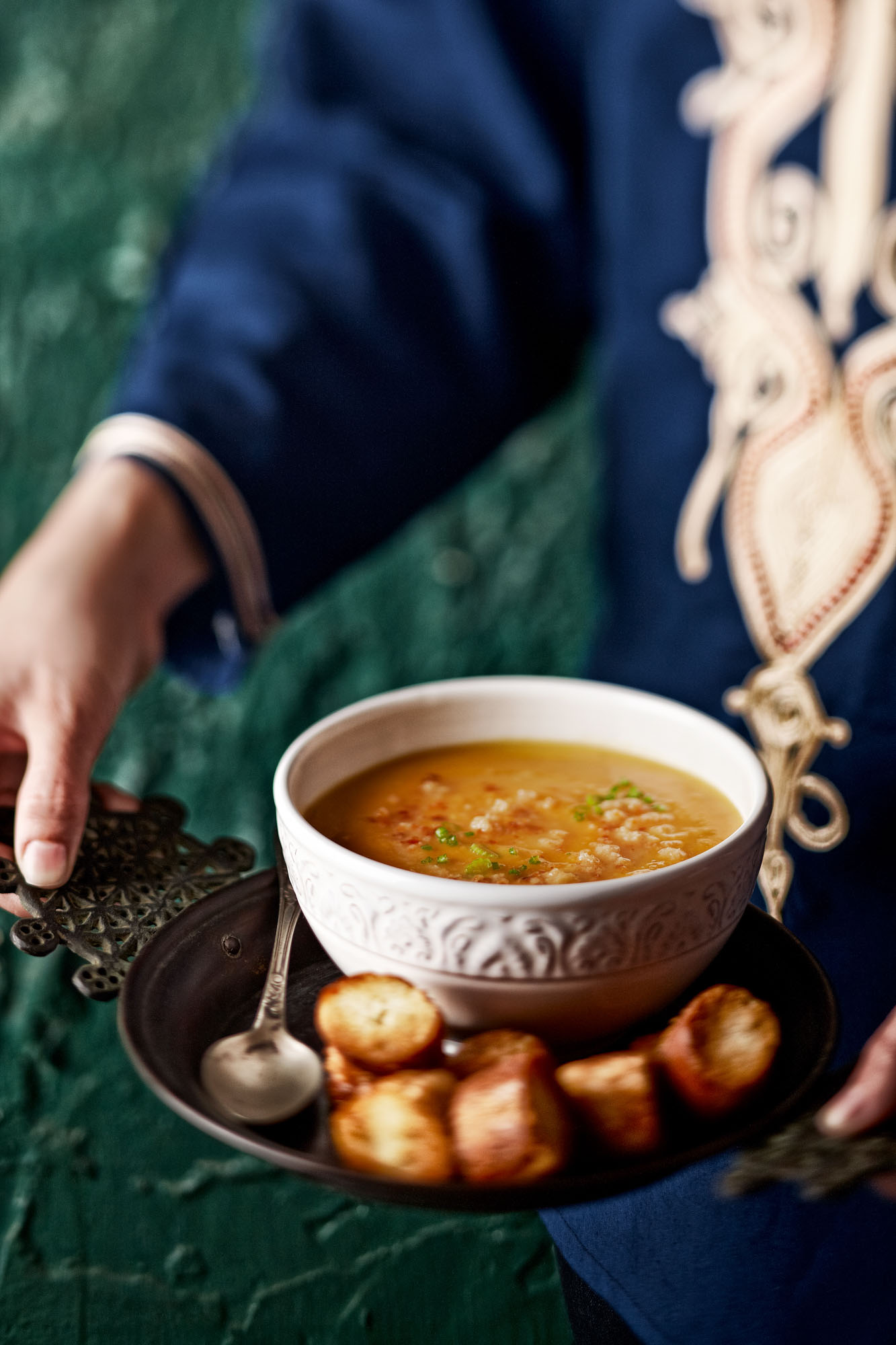
Abou El Sid
Having now spent my first week in Cairo, as part of the city’s inaugural Food Week, I had comfortably combined meals across price-points and social classes, and even confronted the deadly roads, sprinting precariously between clapped-out bangers, the air heavy and yellow with petrol fumes and humidity. The constant sound of Cairo is the cacophony of horns and hurly-burly of its residents, and yet, I was still struggling to get a grasp on its cuisine and the eating habits of its residents.
In Giza, I found mostly Westernised offerings – there is a Burger King directly opposite the Great Sphinx – but also hole-in-the-wall bakeries churning out semit and feteer, along with a few grisly-looking restaurants selling fuul and kebabs of camel anus
I am of the conclusion that it is as much about the approach to food as to what you are consuming. In this part of the world, eating is still about conviviality, community, family, culture and epicureanism, something we in the UK and across great swaths of Europe have lost. After years of a foodie renaissance and the technological wave of compulsive social media turning us all into slurring golems, we have shifted our attention to what our food looks like and whether it fits our narcissistic compulsion for ‘Likes’ rather than where it came from and how it tastes.

Abou El Sid
Therefore, in an attempt to uncover more and mollify my inherent restlessness, I left the sponsored, fact-finding mission behind and headed for the night markets. Here I sat with locals at fast food favourites such as Baba Abdo, in front of the old City’s Northern Gate, and sloppily joined in with a nation’s greedy hunched-over consumption of grilled liver and sojouk sandwiches. Eventually, I left the city and rode out to the hinterland, where the pyramids shimmered in the heat and haze, although most days, they were swallowed by the sand and fumes of pollution.
In Giza, I found mostly Westernised offerings – there is a Burger King directly opposite the Great Sphinx – but also hole-in-the-wall bakeries churning out semit and feteer, along with a few grisly-looking restaurants selling fuul and kebabs of camel anus. The best, though, was the delicious oven-puffed pockets of bread called aish baladi, the ‘people’s’ bread. The name baladi may refer to the countryside, but it is in the cities that you see the rhythm of their baking and selling as an integral part of street life.
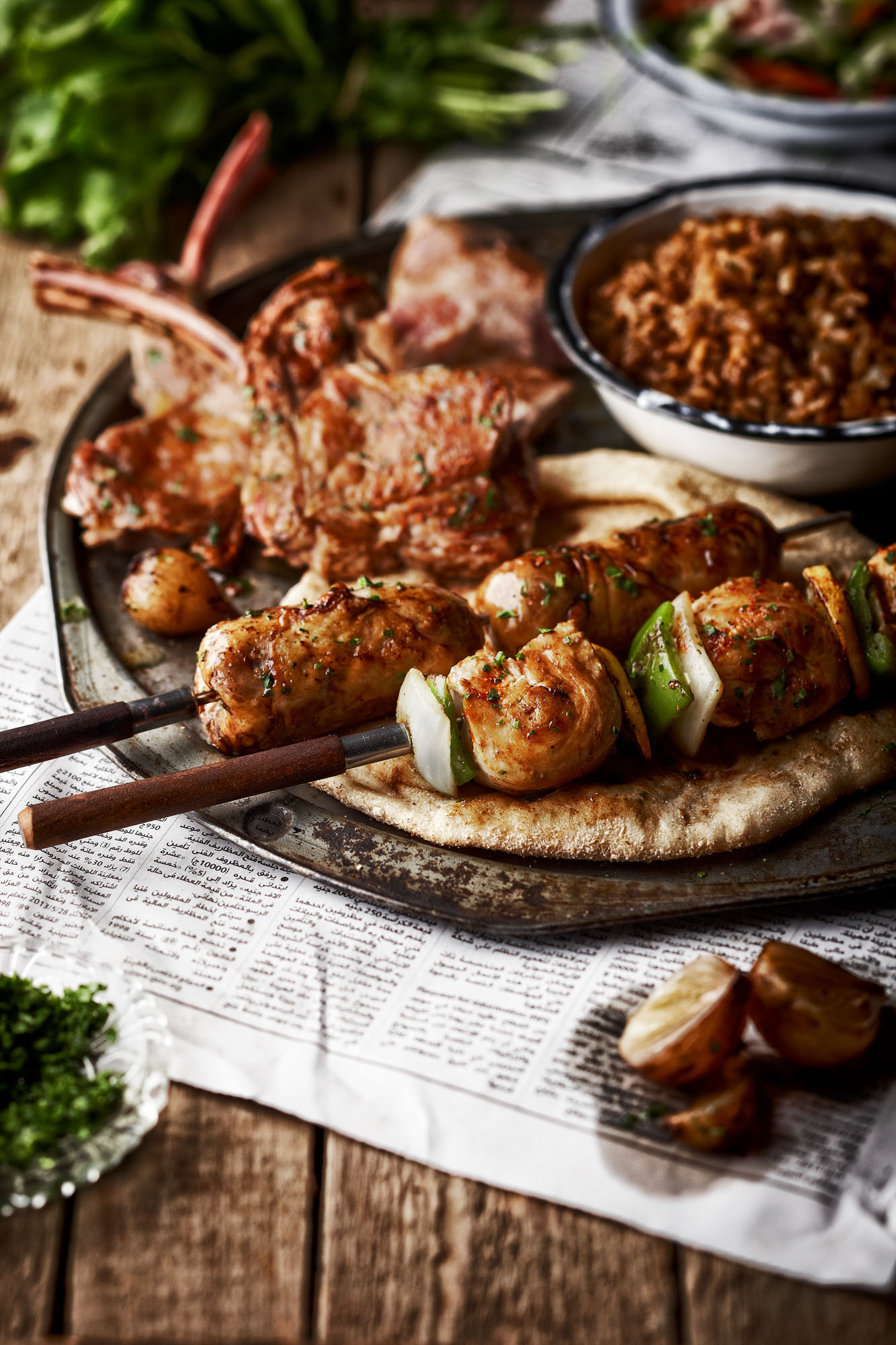
Abou El Sid
The more I left the comfy confines of my hotel, the more I brushed shoulders with the people; and the more I was strangely and unexpectedly pulled in by it all. For any dreamy adventurous boy from our wet, green island, this hot, sand-blasted desert scene is marinated in something wondrous, and I found solace in the locals’ dependency on offal rolls and kofta on a stick. I also tried the Egyptian falafel, served in a warm pita and accompanied by an assortment of toppings and rivers of gloopy tahini. Even so, I was yet to find a cohesive recipe, something that pleases all, that brings together classes, that one bite, that defining taste of Junhuriyah Misr al-Arabiyah.
One of the social dividing lines of a city is between those who can afford to throw the platinum card at the bill and those who can’t. Our choices of what we eat stem from our socio-economic circumstances and the want of our gurgling guts; it’s what brings people together, and that is what I was looking for – classless food. And so, having smashed through countless sandwiches and camel offcuts, I asked my friend Sherif for the one Cairo food staple, the citizen favourite, the workingman’s go-to and his response was prompt and direct: Qamar Al-din and stuffed pigeon. The first is a cold drink made from apricots with sugar and blossom water; the second involves stuffing a pigeon with either rice or freekeh, an early-harvested green wheat. The bird is then simmered in a broth before barbecued; the dish called hamam mahshi bi burghul (preposterously pronounced as the unnecessarily long “ha-MAM–mah-SHR bee boor-GHOUL”).
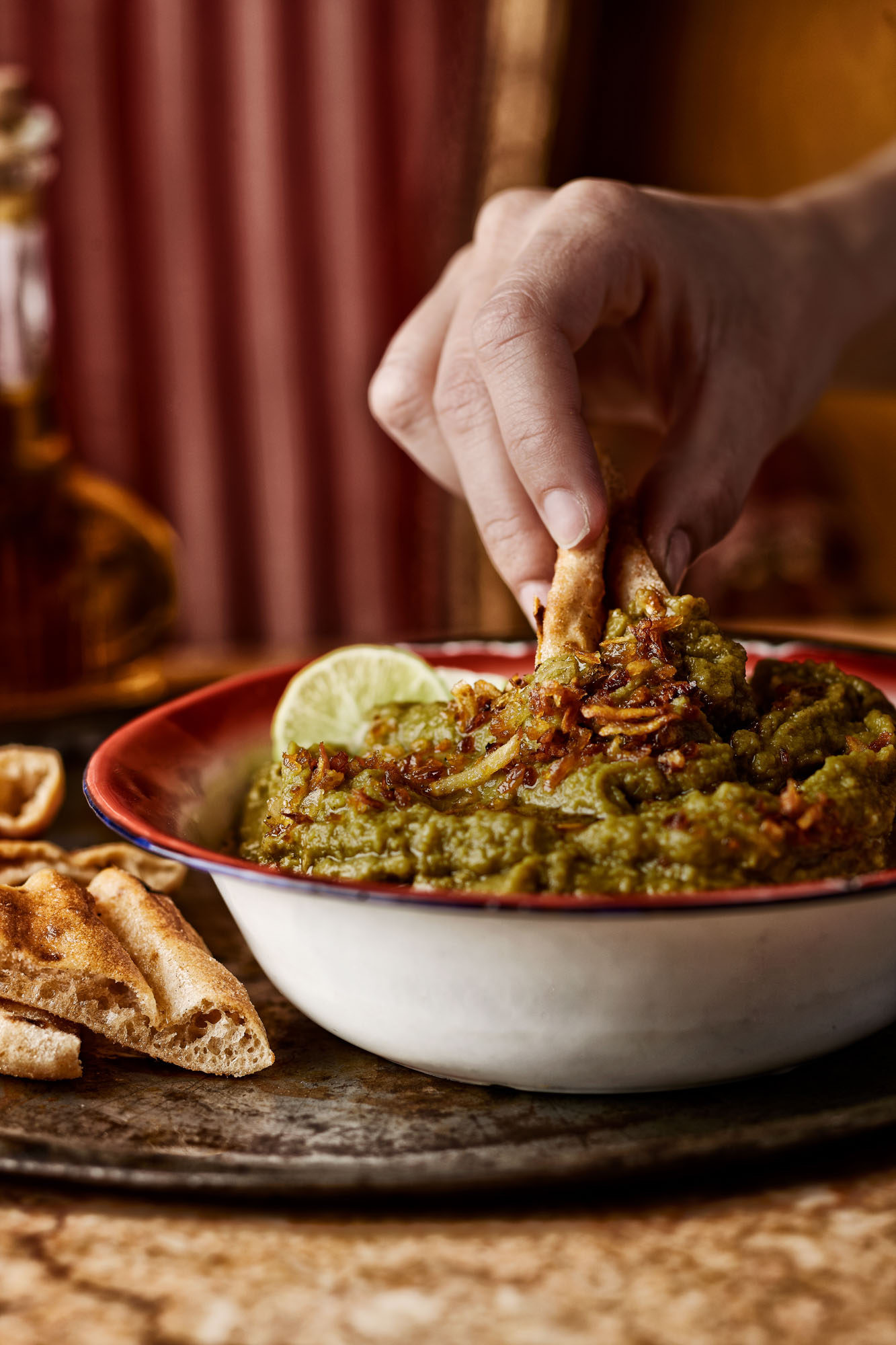
Abou El Sid
On the invitation of Sherif, I joined a gang of other gagging, undernourished writers and headed to Abou El Sid in Cairo’s Zamalek neighbourhood for lunch. The restaurant is a bit of a city institution, named after a chef of the Sultan who was kidnapped and made to cook for the palace before he eventually escaped and lived out his days in hiding. Their website describes the restaurant as “the quintessential authentic Egyptian cuisine experience… a place locked in time and space”, which is a confident boast. It does have an eerie sense of the Sultanate abode about it, decadent once upon a time, with mosaic floors, wooden clapboard shutters, colourful Arab lanterns, scratchy sham Bedouin bric-à-brac, a magic lamp; the collected dusty antiquities of Jafar’s sex dungeon.
Like the preamble to some racist multiracial joke, our table comprised of me, a Brit, a Slovenian, an Italian, an Israeli, a Cape Verdean, two Egyptian natives and a New Zealander hoping for a lamb roast. And so there we sat, in this place locked in time and space, a kaleidoscopic flavour wheel in front of us, the creams and the sauces and the blended and pulverised vegetables, with no idea where to begin – the stuffed vine leaves and the kishk with yoghurt, bessara, spicy oriental sausages, some fried eggplant and garlic, Circassian chicken in a creamy walnut sauce, all-consuming and competing on an ever-tighter table.
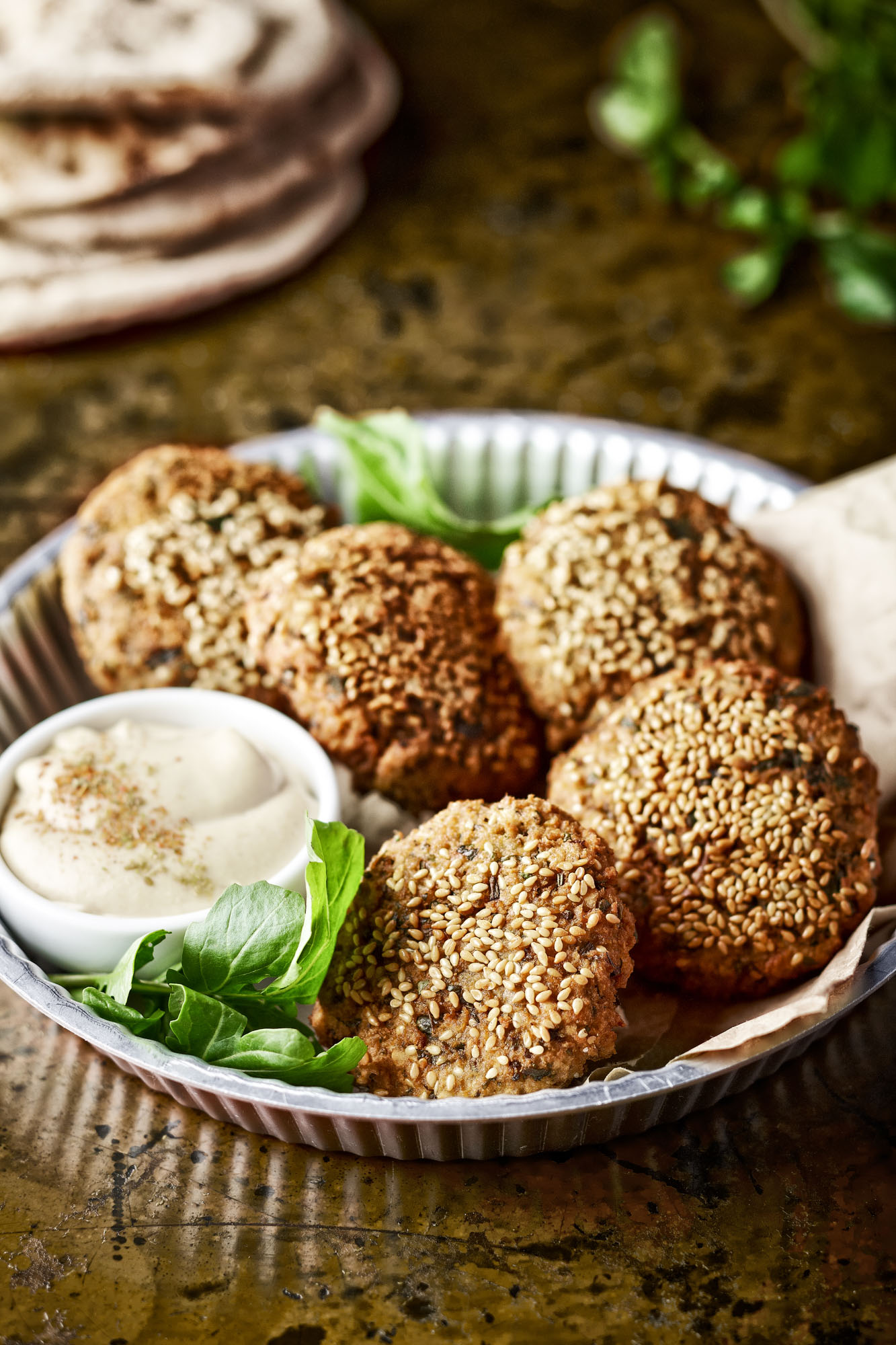
Abou El Sid
The menu is expansive but safe, leaning on other nations to bulk up the now crushed lazy susan, heavy under the weight of umpteen plates. One specialty is taameya with sesame, taameya another name for Egyptian falafel. There is some debate as to the origins of the name, one theory being that it was invented in Egypt about 1,000 years ago by Coptic Christians, who ate it as a replacement for meat during Lent. And there was baba ganoush, a Levantine staple but associated with multiple cuisines throughout the Arabian Peninsula; and kafta, or kofta, of the same convoluted culinary history. It would be difficult to call any of this “authentic Egyptian cuisine”, not because it isn’t but because other nations already got in early with their culinary swank, declaring certain recipes theirs in bombastic voice. The lack of written culinary history is a hurdle here, although there is work being done, notably by the food historian Menna El Dorry.
There are also many tajin options, which in the UK is a brand of chilli powder made with dehydrated lime and salt, but here is the Egyptian spelling for the Moroccan “tagine”. However, with so much global culinary pinching, it’s difficult to establish providence. A form of the ceramic pot was used in North America by nomads to slow-cook tough meats, and they have recorded the Romans as having used portable pots for a similar function. But perhaps the most probable citation is that of Mary Ellen Snodgrass in the Encyclopedia of Kitchen History, who notes the use of tagine-style foods back to Harun al Rashid, a late eighth-century ruler of the Islamic empire; with references to clay-cooking apparatus appearing in The Thousand and One Nights in the ninth century.
Eager to continue our exploration of the country’s culinary heritage and to sample anything that would enhance our understanding of where Egypt is and what it is producing, we ordered a few of the stuffed pigeons – both rice and freekeh – at a cost of 310 Egyptian pounds for two, about £9, and tentatively went with a bottle of Egyptian white wine called Grand Marquis. “Egyptian pigeons are only bred for consumption”, writes Anne-Marie Bissada on her blog, The Egyptian Kitchen. “Throughout the countryside, you can find these little towers (dovecotes) that keep the pigeons”, but I had spotted them in the cities, too, the feral, car-window-shitting ones, just like those Columbidae pests in London and New York.
In Mit Ghamr, about 175 miles north of Amarna, hundreds of historic dovecotes are still packed into its city streets. They fatten the birds using a nutritious secretion called crop milk. Traces of pigeon towers date back to Pharaonic times, although their primary use was more communicative than culinary; before the telegram, pigeons were the most reliable messaging system, helping Hannibal and Genghis Khan conquer nations. The Greeks used them to release the results of the Olympic Games and to send messages about victories on their battlefields.
Abou El Sid is a feasting experience and if you have any interest in ripping and picking apart the ribcage of a braaivleis pigeon, then one of the city’s best places to do so
As a dish, the barbecued pigeon is a handful; in fact, it’s two. I am encouraged to pick the bird up with both hands and snap the lifeless pest in half to reveal the stuffed fragrant rice within. I watched Sherif as he dismantled his with ease, a quick wrist flick to separate the rib cage, separating the fragile skeleton so that the rice was released and accessible, and then off he went, nibbling away. And I did, too; the skin on the right side of crispy while the meat remained moist, and the rice hot and aromatic, retaining the fat and barbecued gunk of the pigeon.
The Grand Marquis wine, though, was a disaster. A blend of Sultanine Blanche and Chardonnay, it might have just as well been camel piss and sand. And at 800 Egyptian pounds for the bottle, it is on the pricier side for Egypt, despite coming in at roughly £21-ish. The restaurant lists 20 Egyptian wines, ranging from £12 to £35 for a bottle. However, those listed under “Egyptian Whites” are exactly the same as those under “Egyptian Reds” and have the same prices, too. It is either a printing error or the winemakers have gone nutty, red-grape-white-grape-pinky-grapey-juice, ahhh, it’s all the same. We should have ordered Qatar Al-din.
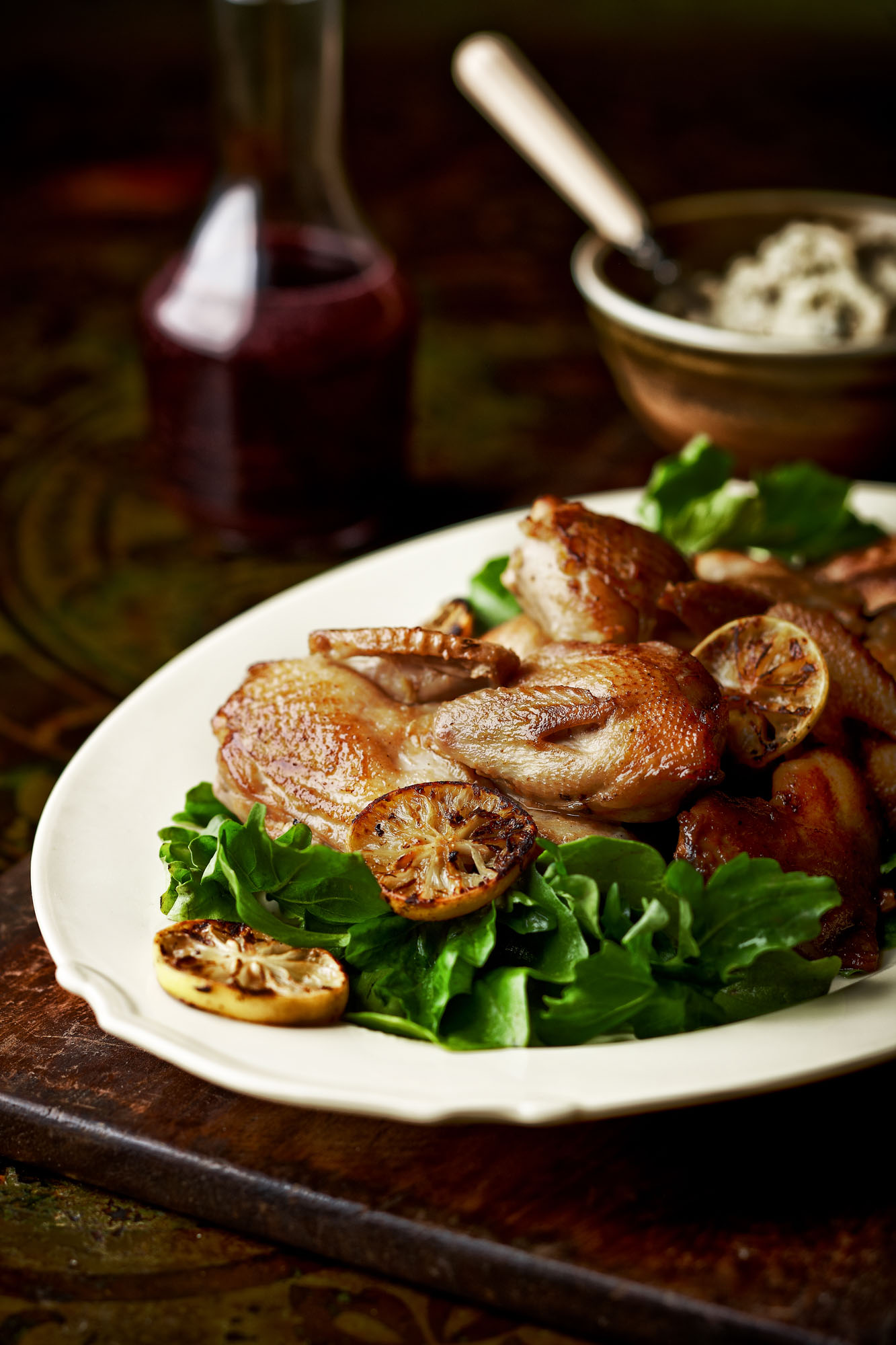
Abou El Sid
Abou El Sid is a feasting experience and if you have any interest in ripping and picking apart the ribcage of a braaivleis pigeon, then one of the city’s best places to do so. Out-of-towners will have plenty of fun here. The atmosphere is cherry with the interior leanings of Planet Egypt. Actually, it couldn’t be more Egyptian in design, with its faux treasures and trinkets. Only if Thutmose and Ramesses were staffing the floor and Mo Sarah was in the kitchen grilling a cow’s foot could this place surpass its own self-efficacy of “quintessential” and “authentic” Egyptianess.
The rest of the menu is a variation of competing ingredients and nations, with too many methods for a kitchen that surely must strain the cooks and grillers. Hundreds of listed recipes, from rabbit and veal to koshari, roasted duck and shin of beef, jam a large, bulging menu of seamlessly endless possibilities. But it was fun, and the pigeon was finger-licking good. And, direct from the mouth of an Egyptian, a Cairo food staple, a citizen favourite and the workingman’s go-to. For all the stuffed vine leaves, yoghurts, creams, fried eggplants and spicy sausages, it is the pigeon that brings together people, that sustains a nation, and that is Egyptian’s classless food. C
Abou El Sid. 157, 26th of July St El Zamalek, Cairo, Egypt
abouelsid.com


